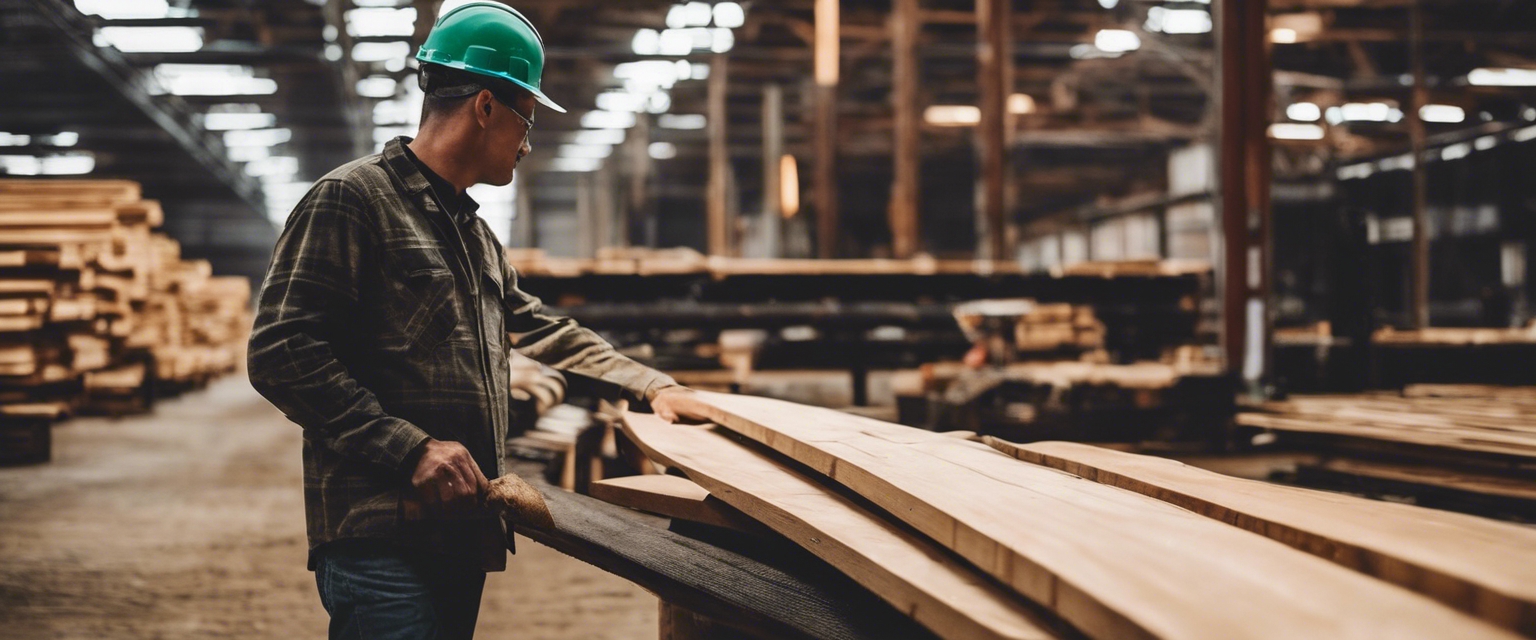The environmental impact of sustainable lumber production
Sustainable lumber is wood that has been sourced and processed in a manner that maintains the forest's biodiversity, productivity, and ecological processes. It involves careful management of forest resources to ensure that lumber production meets current needs without compromising the ability of future generations to meet theirs.
As industries evolve, there is a growing recognition of the need for materials that not only serve their purpose but also contribute positively to the environment. Sustainable lumber is increasingly sought after by manufacturing businesses, logistics companies, and retailers who prioritize environmental responsibility alongside precision and reliability in their operations.
The Environmental Benefits of Sustainable Lumber Production
Forests act as carbon sinks, absorbing carbon dioxide from the atmosphere. Sustainable lumber production ensures that this balance is maintained, reducing the overall carbon footprint associated with wood products.
By adhering to sustainable harvesting practices, the diversity of plant and animal life within forest ecosystems is preserved, contributing to the overall health of the planet.
Responsible forestry practices help to protect water sources and prevent soil erosion, ensuring that these vital resources remain unpolluted and productive for years to come.
Sustainable lumber production is not just about the wood itself, but also about supporting the wider practices of sustainable forestry, which include protecting wildlife habitats, maintaining forest health, and supporting local communities.
The Process of Sustainable Lumber Production
Responsible forest management is at the heart of sustainable lumber production. It involves selective logging, replanting, and continuous monitoring to ensure forests are used responsibly.
Once trees are harvested, efficient milling and manufacturing processes are crucial to minimize waste and maximize the use of every log.
Reducing waste at every stage of the lumber production process is essential. This includes recycling sawdust and wood scraps for other uses, such as biofuel or particleboard.
Efficient transportation and logistics are vital to reducing the environmental impact of lumber production. This includes optimizing delivery routes and using fuel-efficient vehicles.
The Role of Certifications in Sustainable Lumber
Certifications such as the Forest Stewardship Council (FSC) and Programme for the Endorsement of Forest Certification (PEFC) provide assurance that wood products are sourced from responsibly managed forests.
These certifications have a significant impact on industry practices, encouraging companies to adopt more sustainable operations to meet certification requirements.
Challenges and Considerations in Sustainable Lumber Production
While there is a growing market for sustainable lumber, balancing demand with the need for responsible forestry can be challenging. Economic viability remains a key consideration for producers.
Navigating the complex web of regulations and ensuring compliance is a significant challenge for sustainable lumber producers.
Adopting new technologies that enhance sustainable practices is essential for the industry's future, but it requires investment and adaptation.






Comments (0)